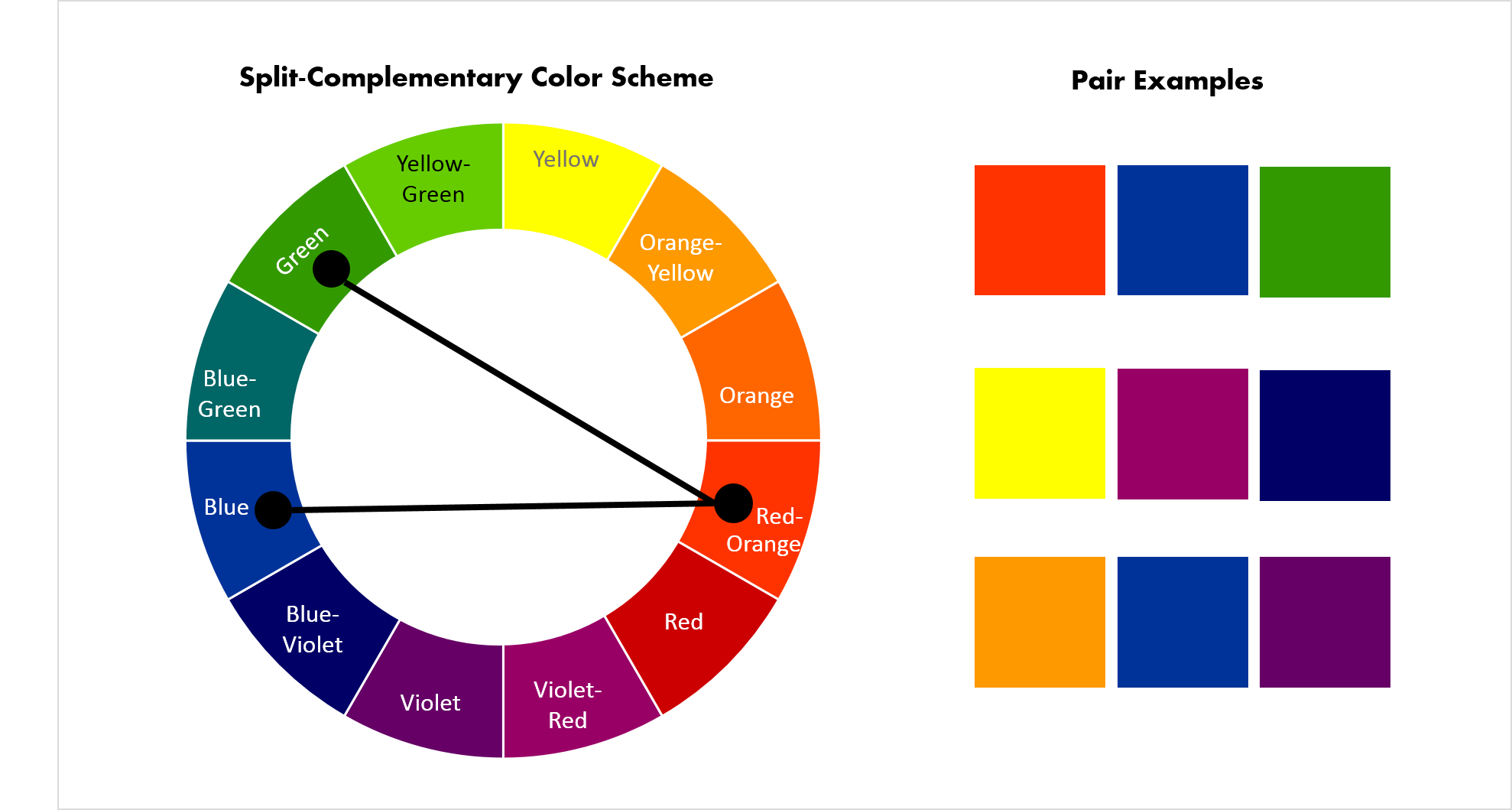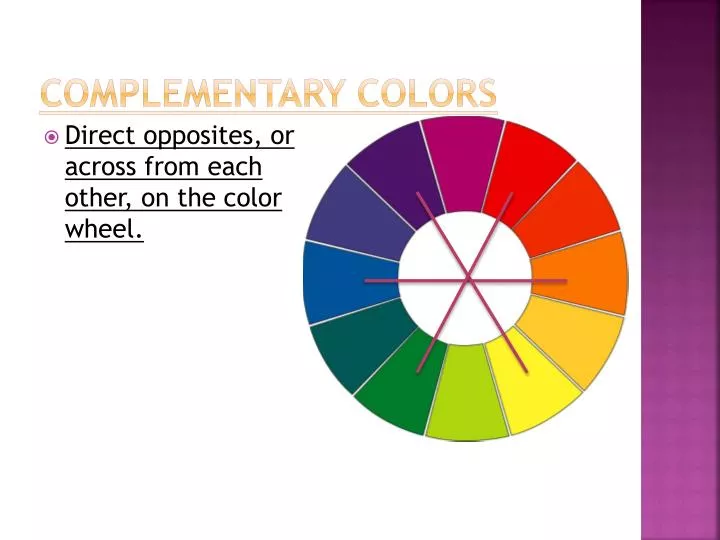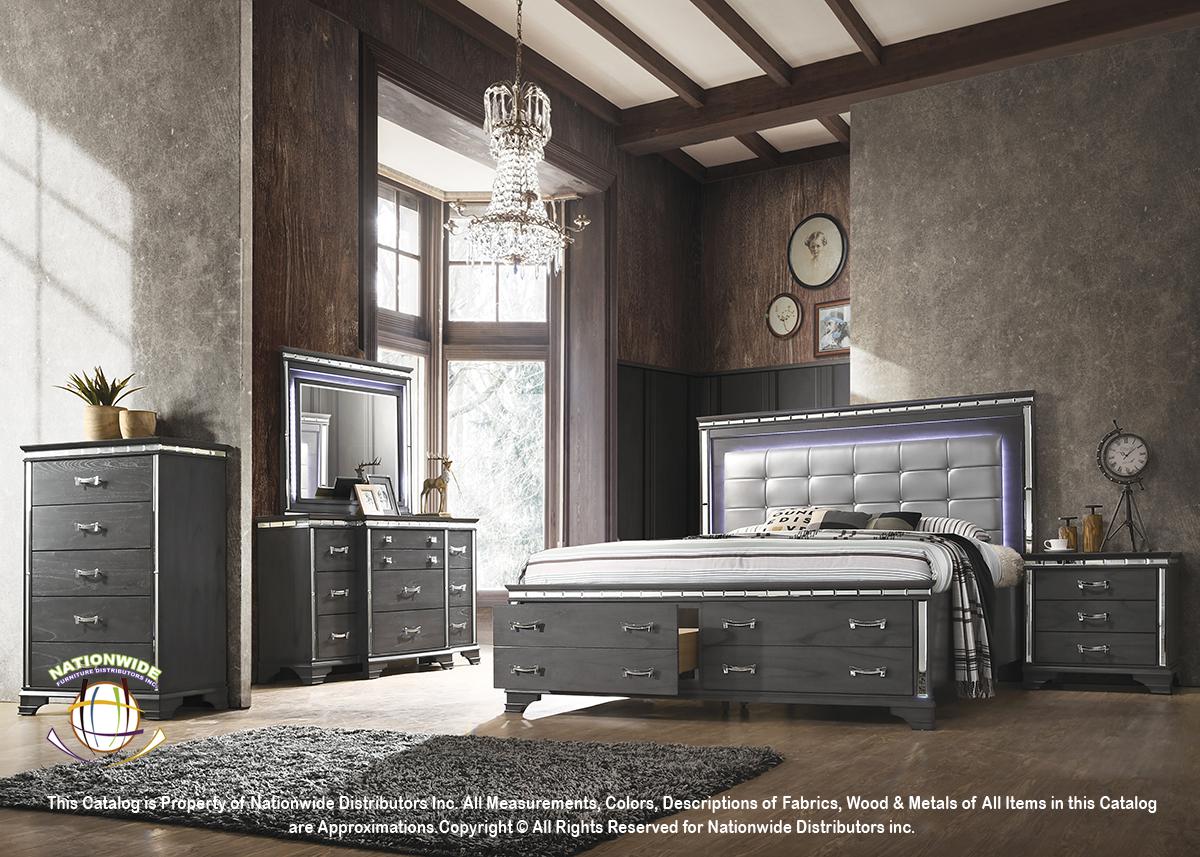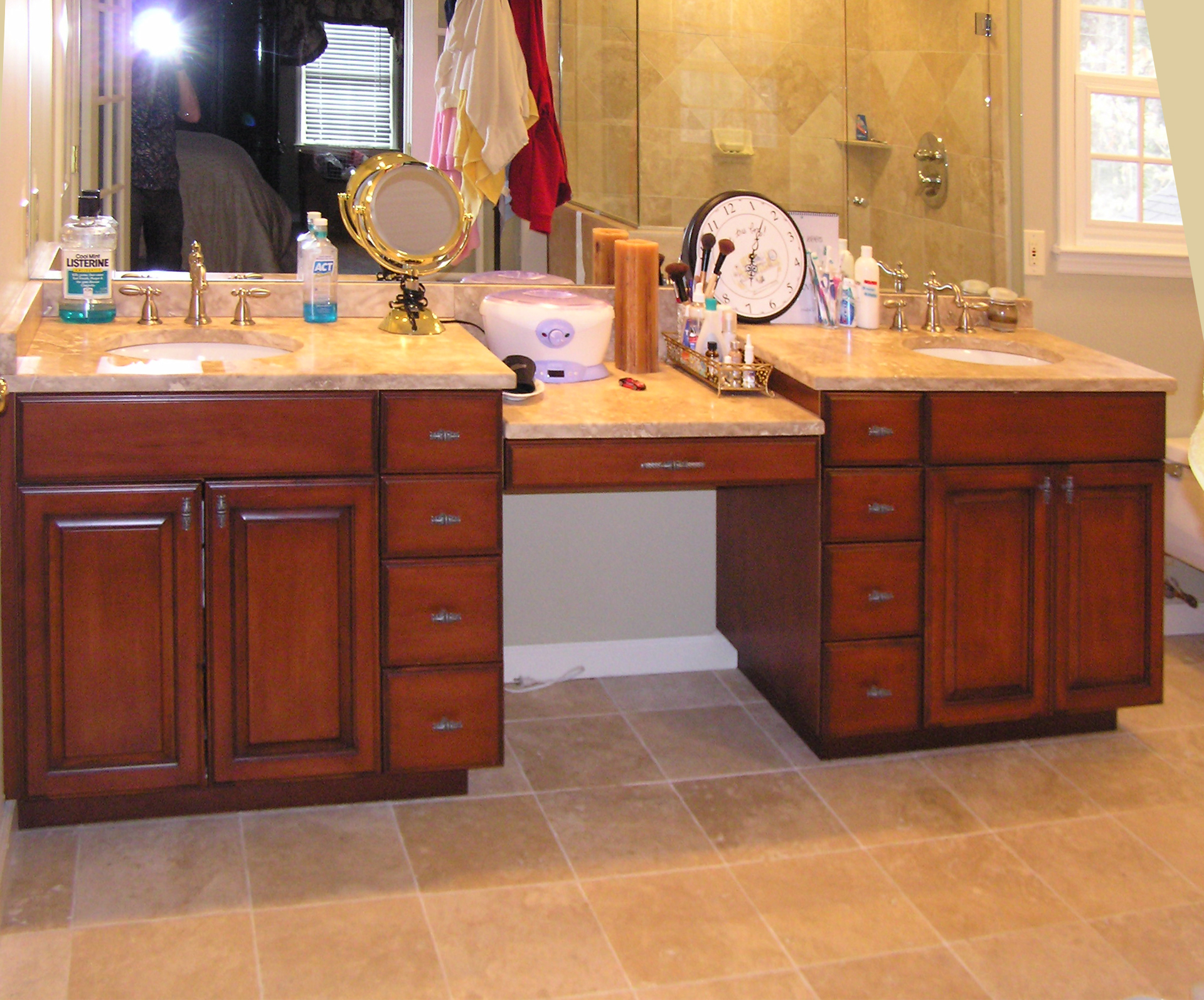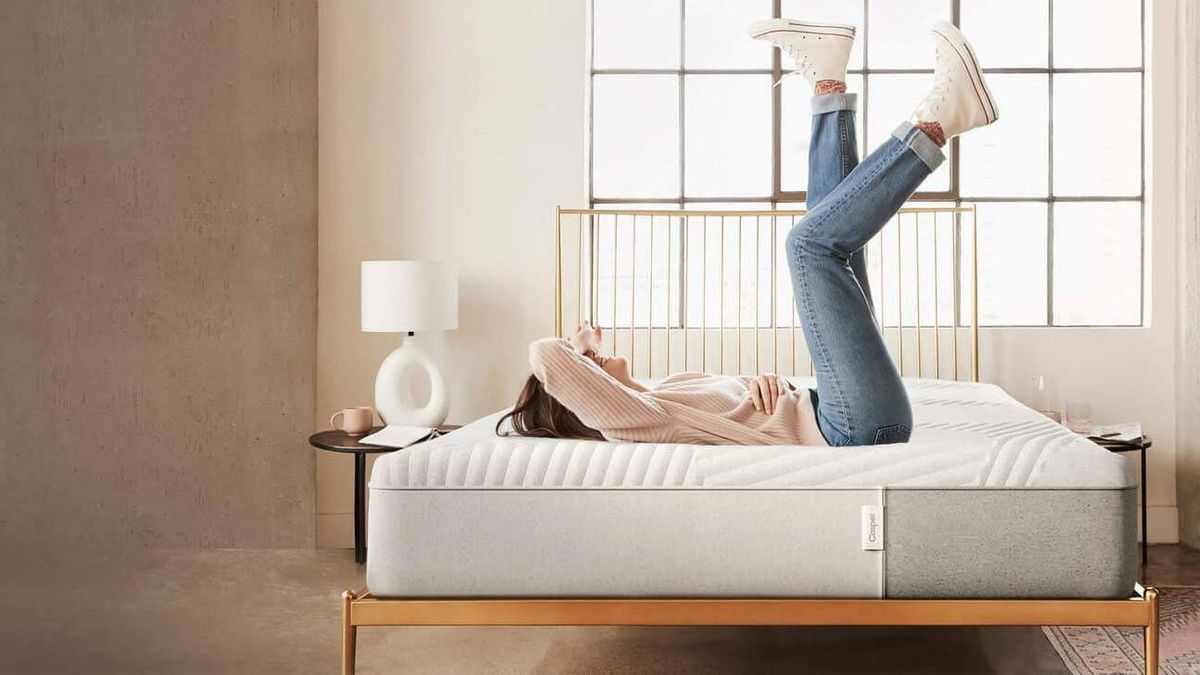Neutral Colors
When it comes to choosing the best color for your living room, neutral colors are always a safe and timeless choice. Shades of white, beige, gray, and taupe create a calming and inviting atmosphere, making your living room a peaceful retreat after a long day. These colors also have the added benefit of being versatile, allowing you to easily switch up your decor and accessories without having to worry about clashing colors. If you're looking for a classic and understated look, neutral colors are the way to go.
Warm Tones
For those who want to add a touch of warmth and coziness to their living room, warm tones are the perfect choice. Colors like shades of red, orange, and yellow can evoke feelings of comfort and happiness, making your living room a welcoming space for both you and your guests. These colors work especially well in rooms with plenty of natural light, as they can create a warm and inviting glow. So if you want to infuse your living room with a bit of warmth and energy, consider incorporating some warm tones into your color scheme.
Cool Shades
In contrast to warm tones, cool shades can create a sense of calm and relaxation in your living room. Colors like shades of blue, green, and purple can create a serene and peaceful atmosphere, perfect for unwinding after a busy day. These colors are also great for creating a cohesive and harmonious look, as they tend to work well together. So if you want to create a tranquil and soothing living room, cool shades are the way to go.
Earth Tones
Bringing the colors of nature into your living room can create a warm and inviting atmosphere. Earth tones, such as shades of brown, green, and beige, can add a touch of warmth and comfort to your living space. These colors also work well with natural materials, like wood and stone, creating a cohesive and natural look. So if you want to create a cozy and earthy living room, consider incorporating some earth tones into your color palette.
Light and Airy
If you have a small living room or one that lacks natural light, using light and airy colors can help make the space feel more open and spacious. Colors like pale shades of blue, green, and gray can create a sense of airiness and brightness, making your living room seem larger than it is. These colors also work well in rooms with high ceilings, as they can help balance out the vertical space. So if you want to make your living room feel light and airy, opt for lighter shades in your color scheme.
Dark and Cozy
In contrast to light and airy, some people prefer a more intimate and cozy living room. In this case, dark colors can create a sense of warmth and coziness, perfect for snuggling up on the couch with a good book. Deep shades of blue, green, and brown can create a sense of depth and richness in your living room, making it feel like a cozy retreat. Just be careful not to go too dark, as it can make the space feel smaller and closed off.
Bold and Vibrant
If you want to make a statement with your living room, incorporating bold and vibrant colors can add a pop of personality and energy to the space. Colors like bright shades of red, orange, and yellow can create a bold and playful atmosphere, perfect for those who love to make a statement. These colors work well as accents or in smaller doses, as they can be overwhelming in large amounts. So if you want to add a bit of fun and vibrancy to your living room, consider incorporating some bold colors into your color scheme.
Monochromatic Scheme
A monochromatic color scheme involves using different shades and tones of the same color throughout the room. This creates a cohesive and harmonious look, perfect for those who prefer a more understated and elegant living room. By using different shades of one color, you can create depth and interest in the room without overwhelming the space. This color scheme works well with neutral colors, as well as with bolder colors for a more dramatic effect.
Contrasting Colors
For a more dynamic and visually interesting living room, consider using contrasting colors in your color scheme. This involves pairing colors that are opposite each other on the color wheel, such as blue and orange, green and red, or purple and yellow. This creates a bold and eye-catching look, perfect for those who want to make a statement with their living room. Just be sure to balance out the contrasting colors with neutral or complementary shades to avoid overwhelming the space.
Complementary Colors
Similar to contrasting colors, complementary colors also involve pairing colors that are opposite each other on the color wheel. The difference is that complementary colors are more harmonious and work well together, creating a balanced and visually appealing look. Colors like blue and orange, green and red, and purple and yellow can work well together, creating a cohesive and eye-catching color scheme. Just be sure to balance out the colors with neutral shades to avoid overpowering the space.
The Impact of Colour in Designing Your Living Room

Creating a Welcoming Atmosphere
 When it comes to designing the living room, the choice of colour plays a crucial role in setting the tone and atmosphere of the space. It is the first thing that catches the eye and creates a lasting impression. The right colour choice can make your living room feel warm, inviting, and comfortable, whereas the wrong colours can make it feel dull and uninviting. Therefore, it is essential to carefully consider the
best colour choice for your living room
to create a welcoming atmosphere.
When it comes to designing the living room, the choice of colour plays a crucial role in setting the tone and atmosphere of the space. It is the first thing that catches the eye and creates a lasting impression. The right colour choice can make your living room feel warm, inviting, and comfortable, whereas the wrong colours can make it feel dull and uninviting. Therefore, it is essential to carefully consider the
best colour choice for your living room
to create a welcoming atmosphere.
Understanding Colour Psychology
 Colour psychology is the study of how colours affect human behavior and emotions. Each colour has its own unique psychological effect and can evoke different feelings and moods. For instance, warm colours like red, orange, and yellow are known to create a sense of energy and warmth, while cool colours like blue, green, and purple can create a calming and relaxing atmosphere. When choosing a colour for your living room, it is important to consider the mood you want to create in the space.
Colour psychology is the study of how colours affect human behavior and emotions. Each colour has its own unique psychological effect and can evoke different feelings and moods. For instance, warm colours like red, orange, and yellow are known to create a sense of energy and warmth, while cool colours like blue, green, and purple can create a calming and relaxing atmosphere. When choosing a colour for your living room, it is important to consider the mood you want to create in the space.
Best Colour Choices for Your Living Room
 Neutral colours
are a popular choice for living rooms as they create a sense of balance and sophistication. Shades of white, beige, and grey can serve as a versatile base that can be easily paired with various accent colours. They also make the room appear more spacious and airy.
Blue
is another great option for a living room as it is associated with peace, tranquility, and calmness. It can help to create a soothing and relaxing atmosphere, making it an ideal colour for unwinding after a long day.
Green
is a refreshing and rejuvenating colour that can bring a touch of nature into your living room. It is known to promote a sense of harmony and balance, making it a perfect choice for those seeking a peaceful and serene living room.
Neutral colours
are a popular choice for living rooms as they create a sense of balance and sophistication. Shades of white, beige, and grey can serve as a versatile base that can be easily paired with various accent colours. They also make the room appear more spacious and airy.
Blue
is another great option for a living room as it is associated with peace, tranquility, and calmness. It can help to create a soothing and relaxing atmosphere, making it an ideal colour for unwinding after a long day.
Green
is a refreshing and rejuvenating colour that can bring a touch of nature into your living room. It is known to promote a sense of harmony and balance, making it a perfect choice for those seeking a peaceful and serene living room.
Final Thoughts
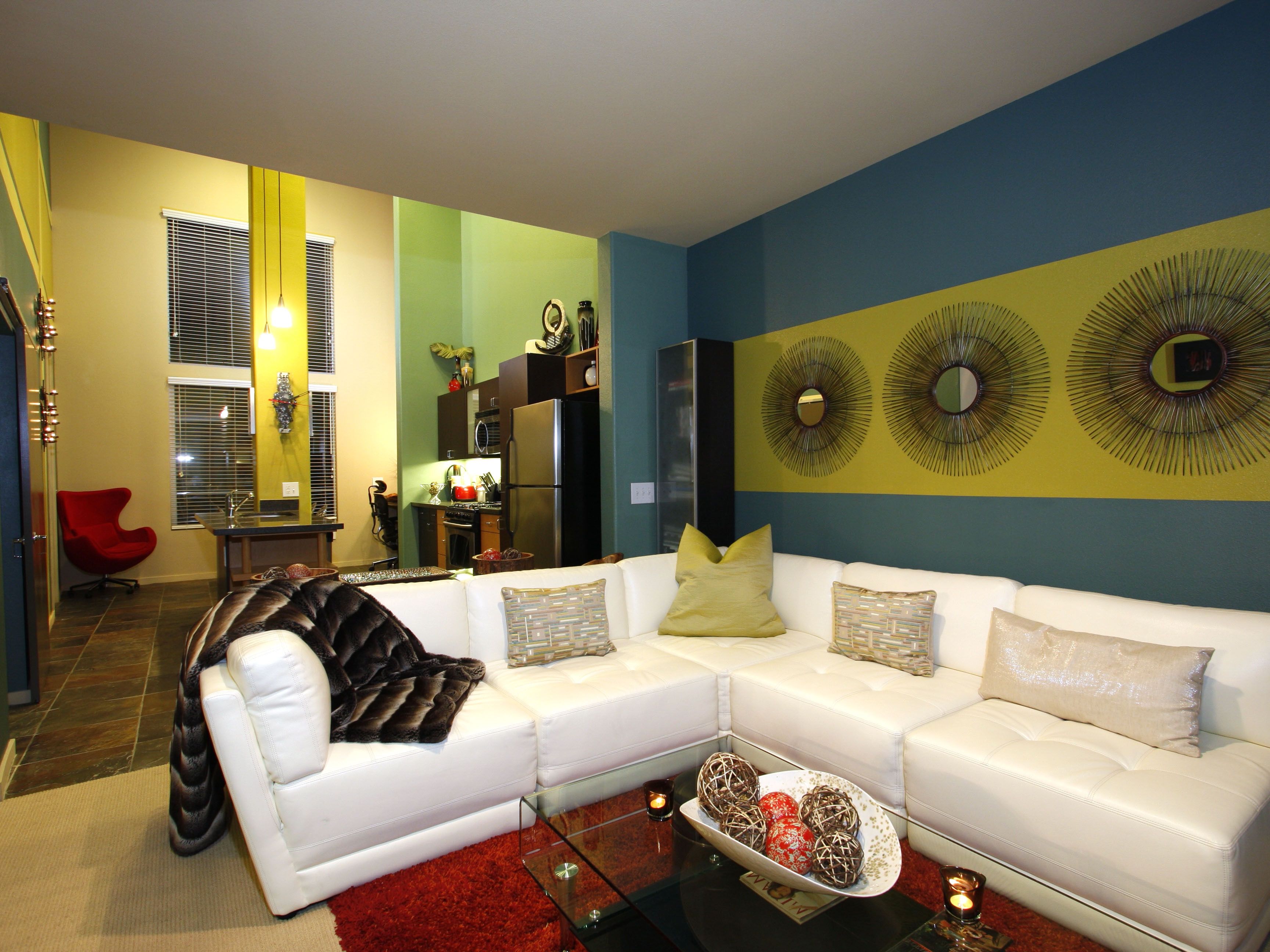 In conclusion,
choosing the right colour for your living room
is essential in creating a welcoming and comfortable space. By understanding colour psychology and considering the mood you want to create, you can make an informed decision and create a living room that reflects your personal style and promotes a positive atmosphere. So, go ahead and explore the endless possibilities of colour to design your dream living room.
In conclusion,
choosing the right colour for your living room
is essential in creating a welcoming and comfortable space. By understanding colour psychology and considering the mood you want to create, you can make an informed decision and create a living room that reflects your personal style and promotes a positive atmosphere. So, go ahead and explore the endless possibilities of colour to design your dream living room.



:max_bytes(150000):strip_icc()/what-is-a-neutral-color-1973822-03-3fab8b5a361d49638d3de1cbaf579a22.jpg)
/Lee-Edwards-Getty-Images-56a5ae653df78cf7728968ec.jpg)

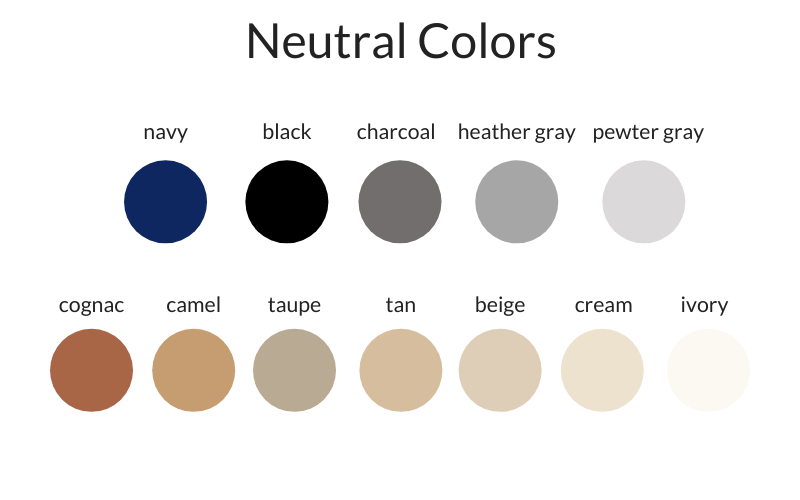

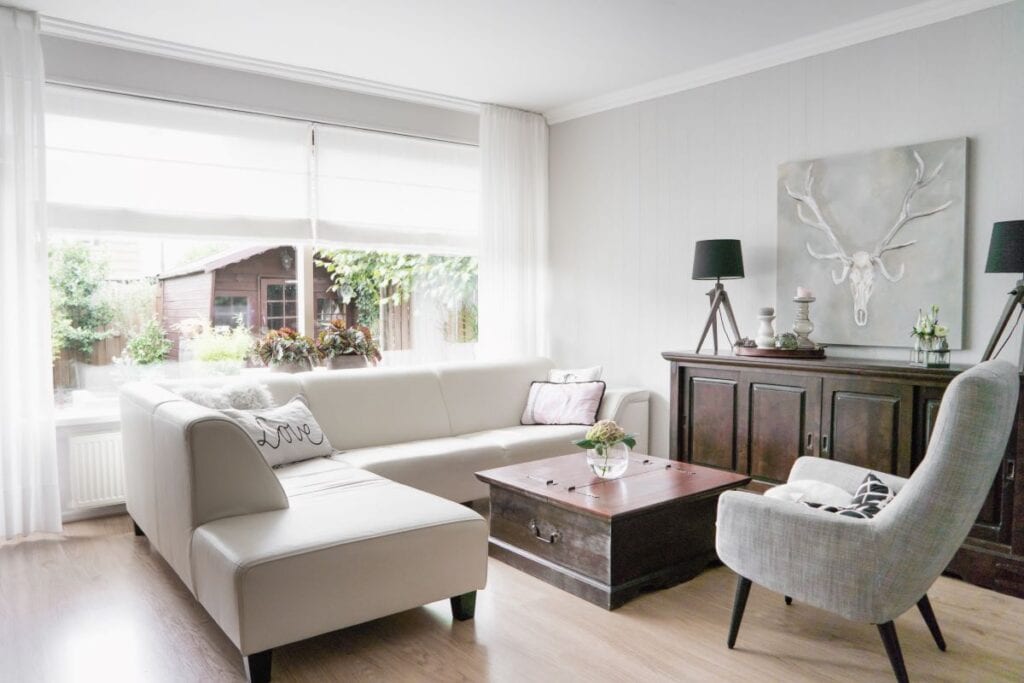
/clark_Kensington_neutrals-57db7f2e5f9b5865164b7baa.png)
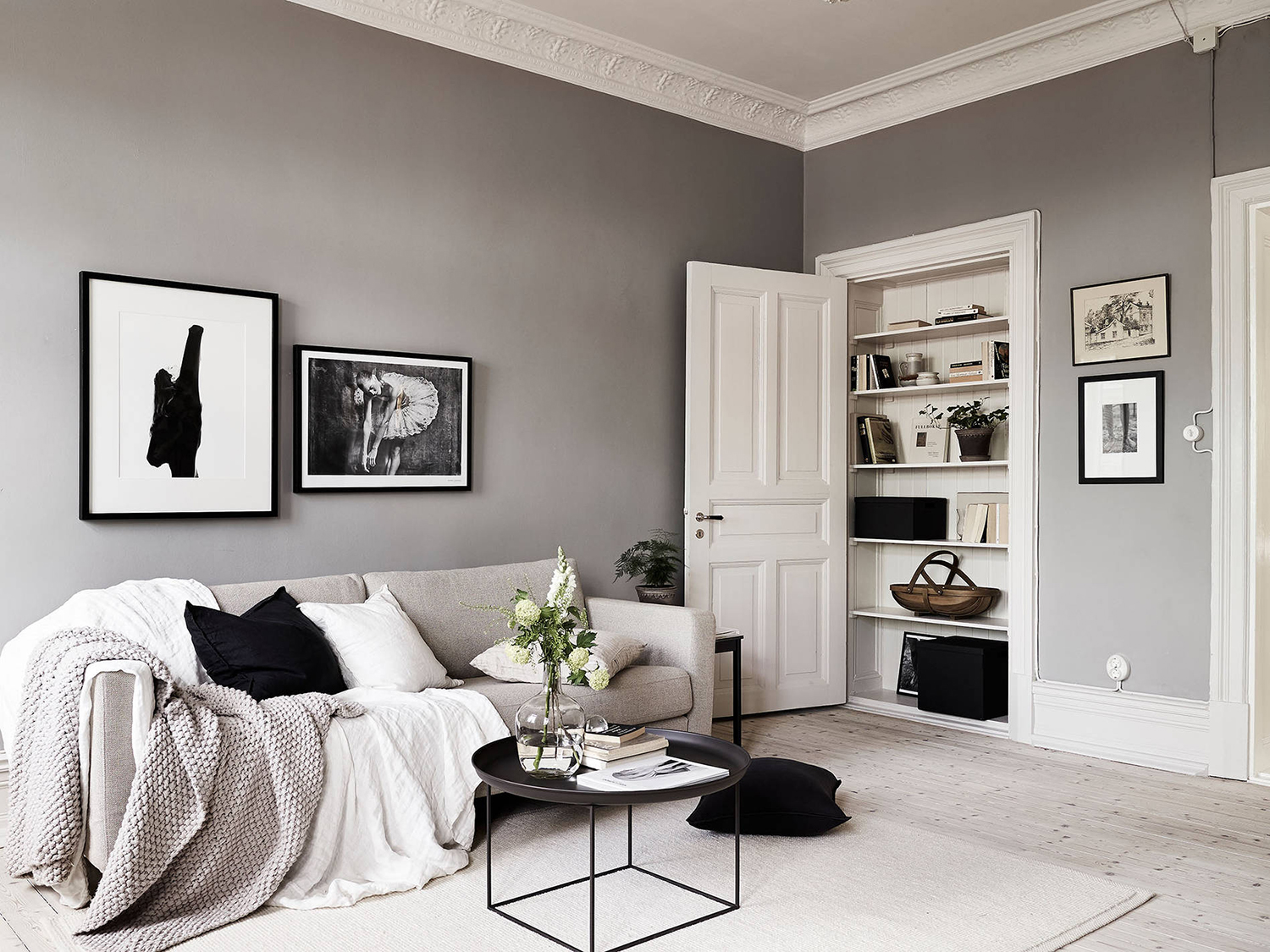










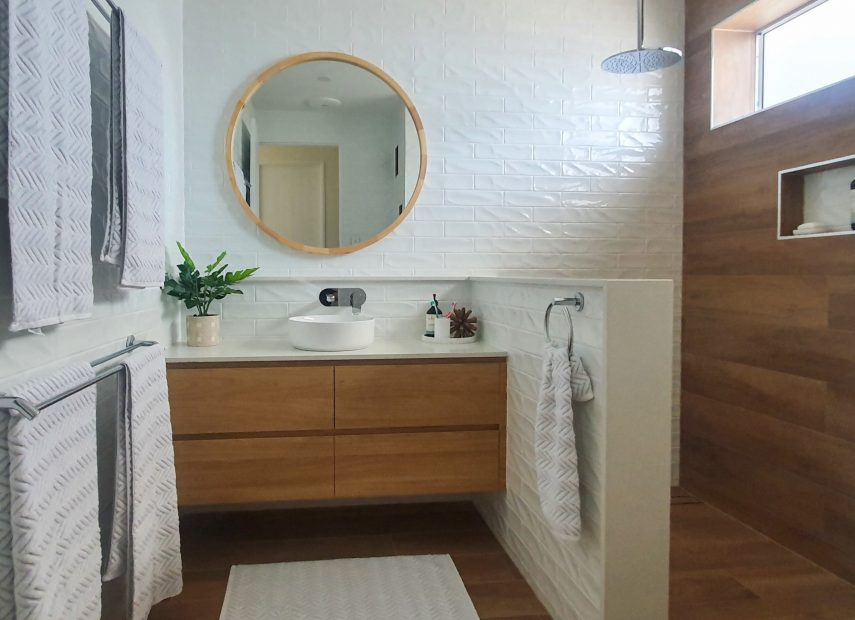

.jpg)
.jpg)






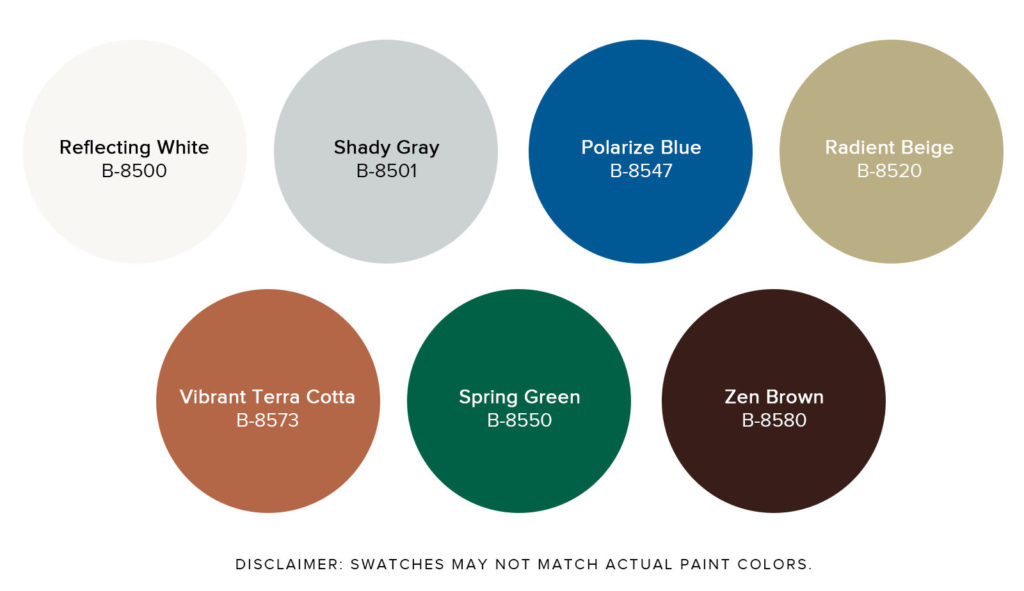




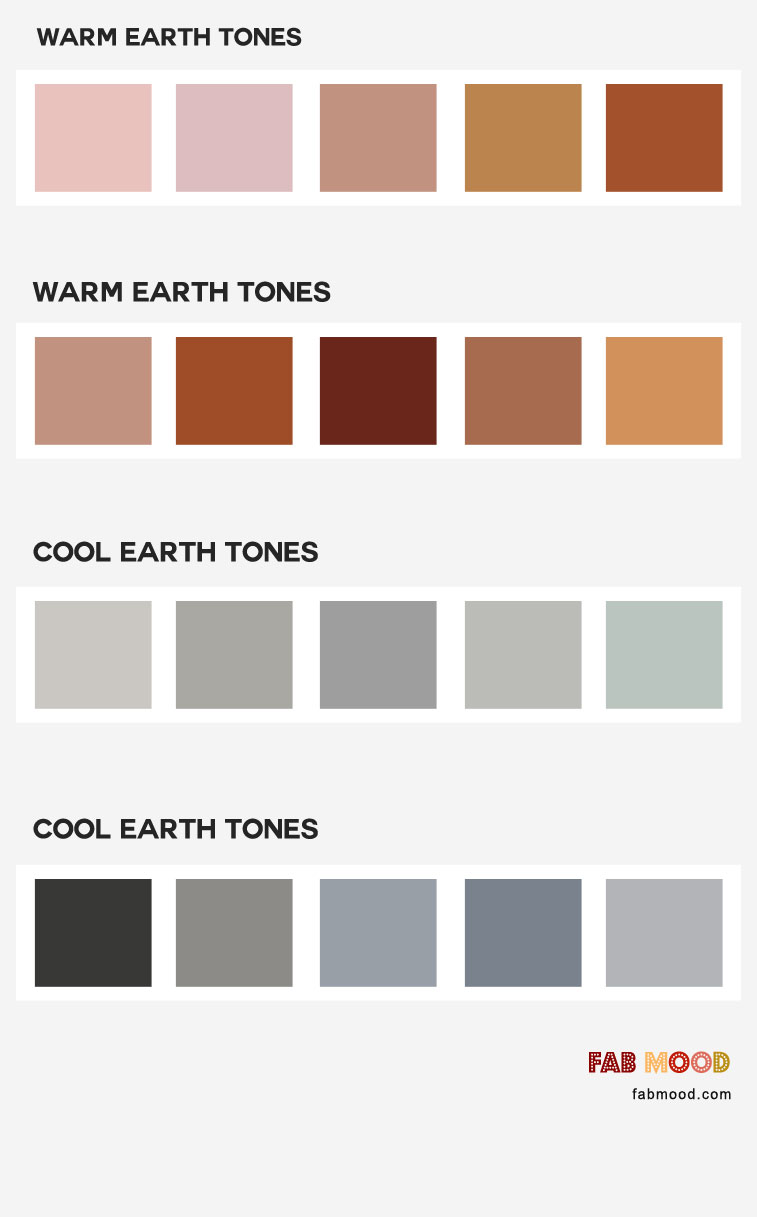




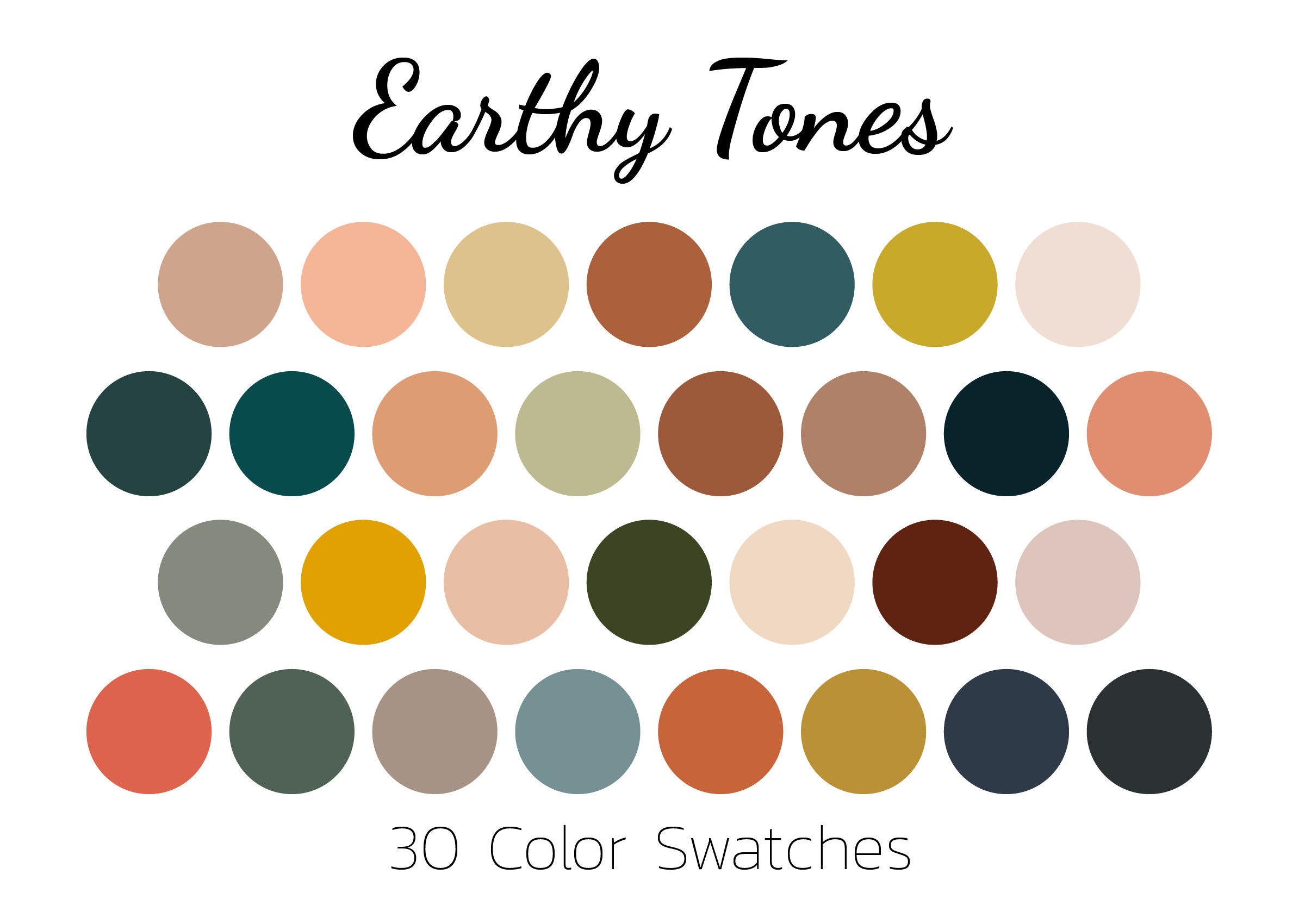

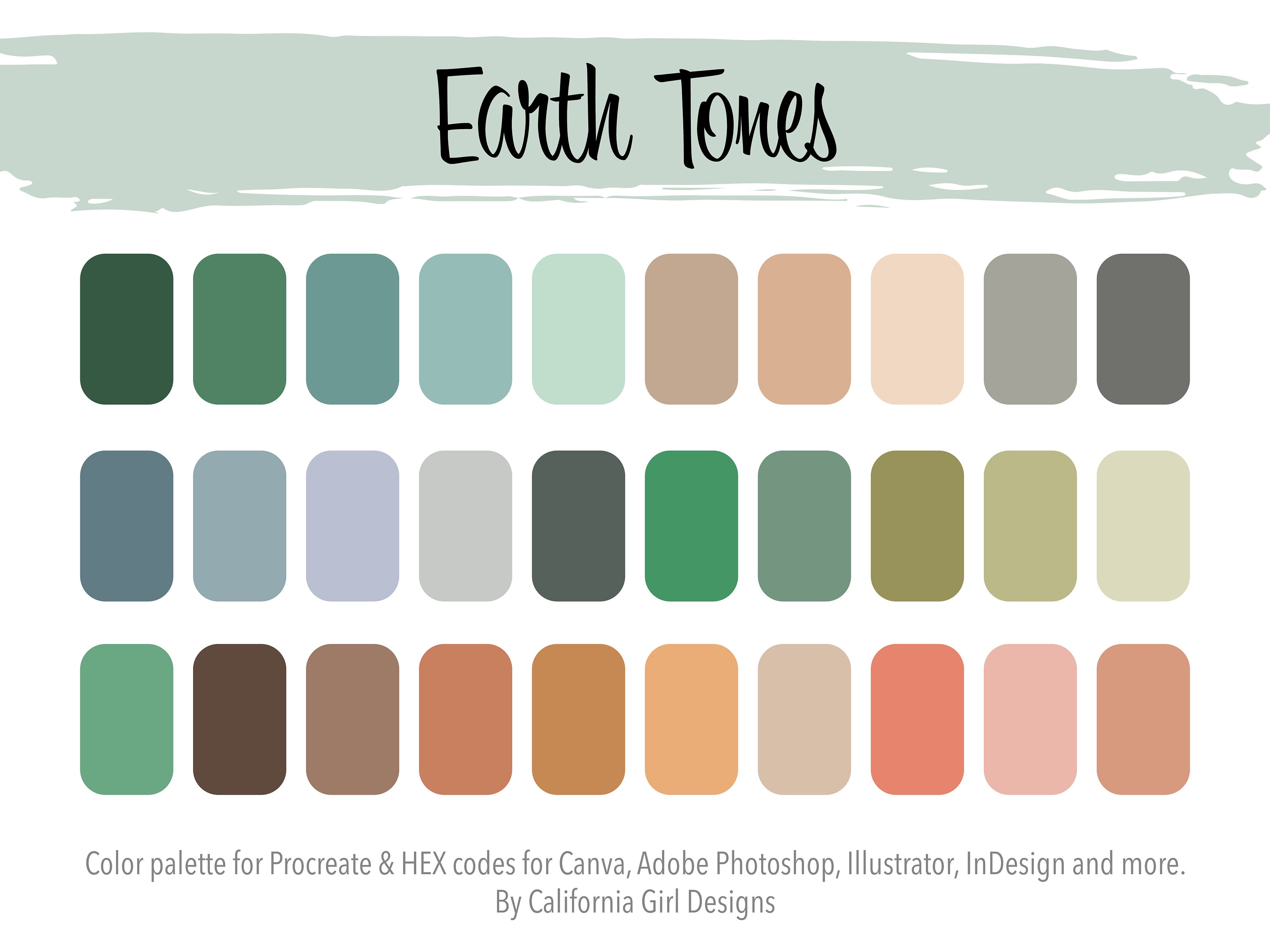






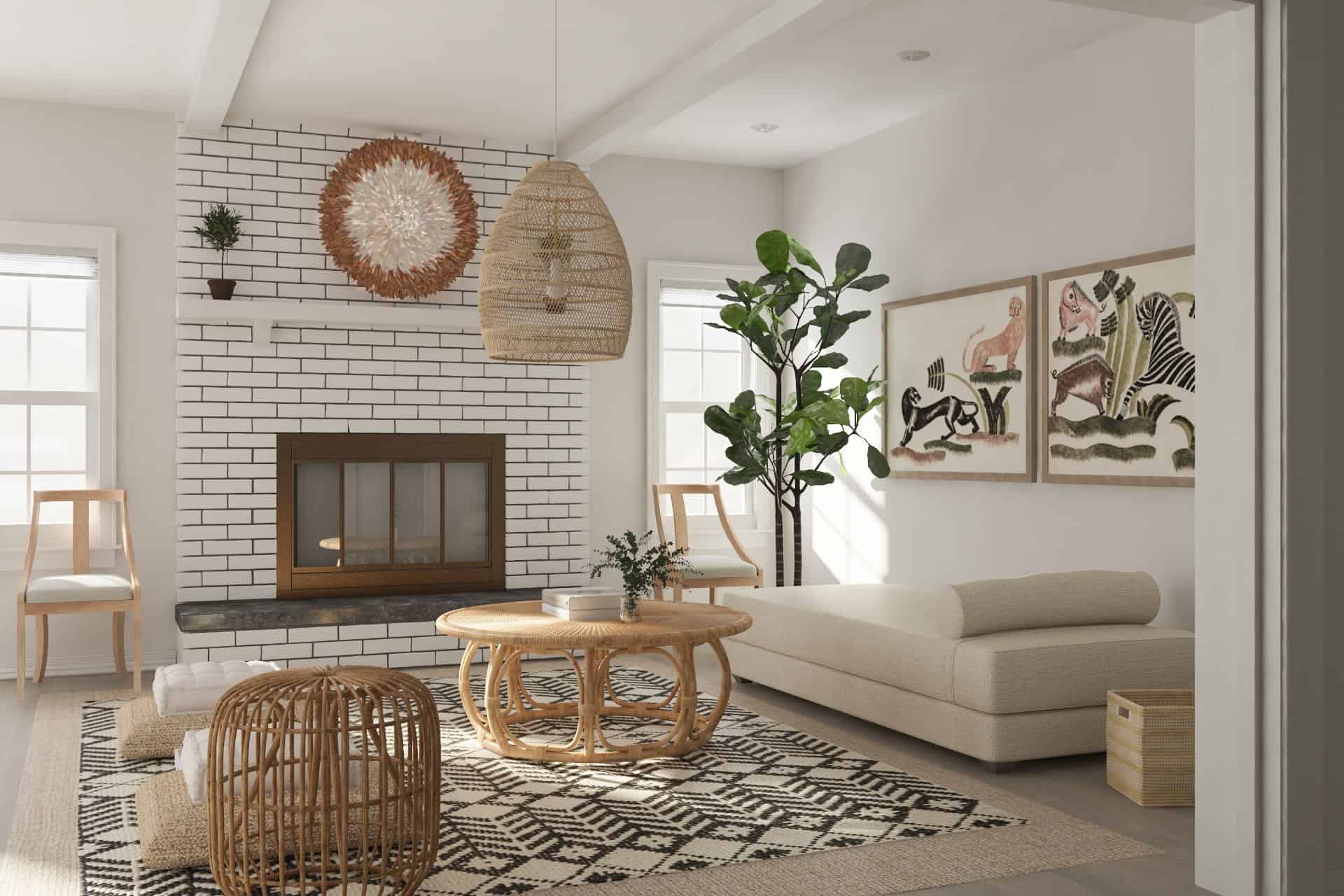







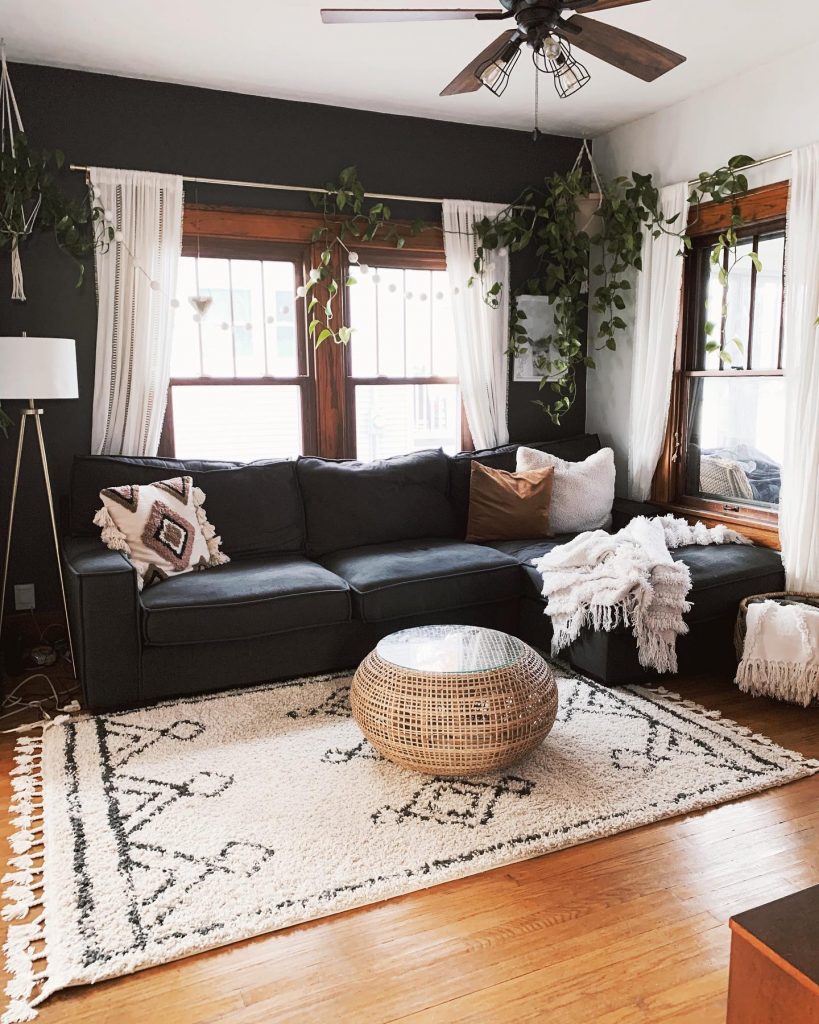


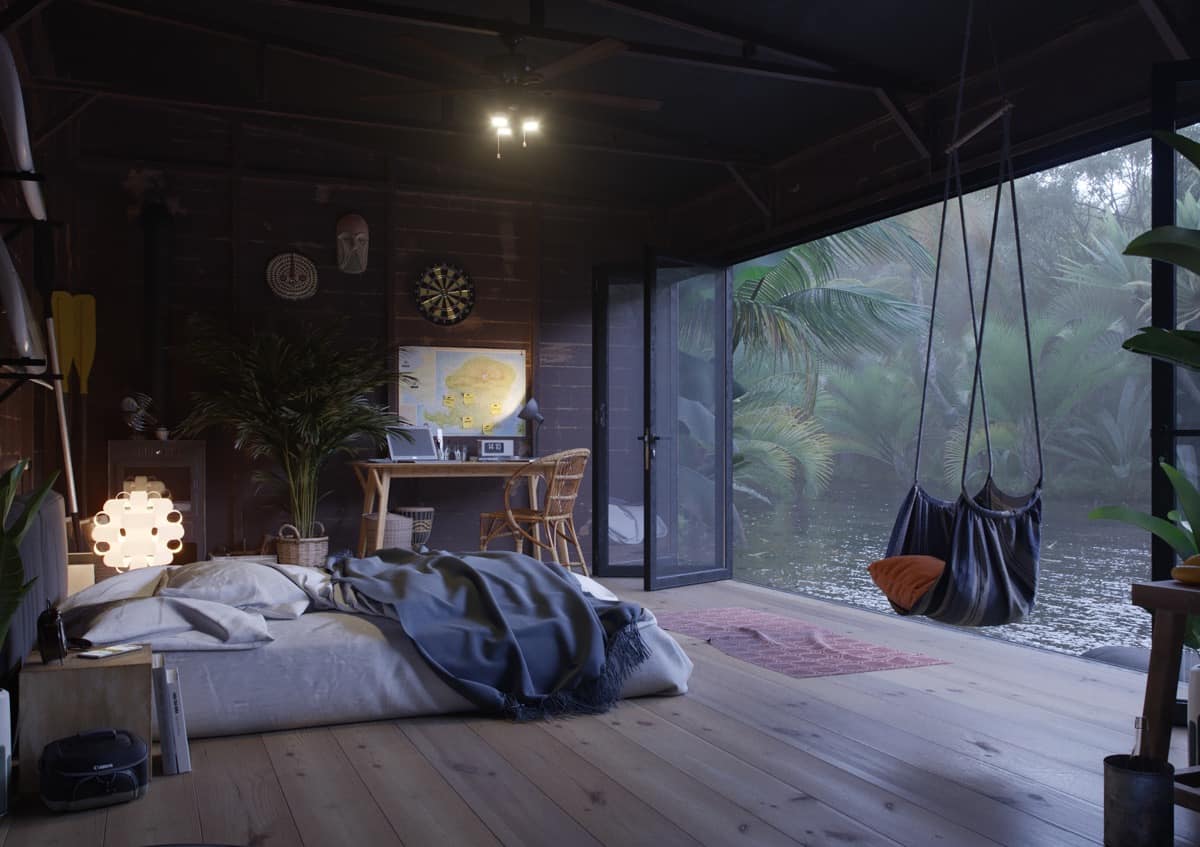
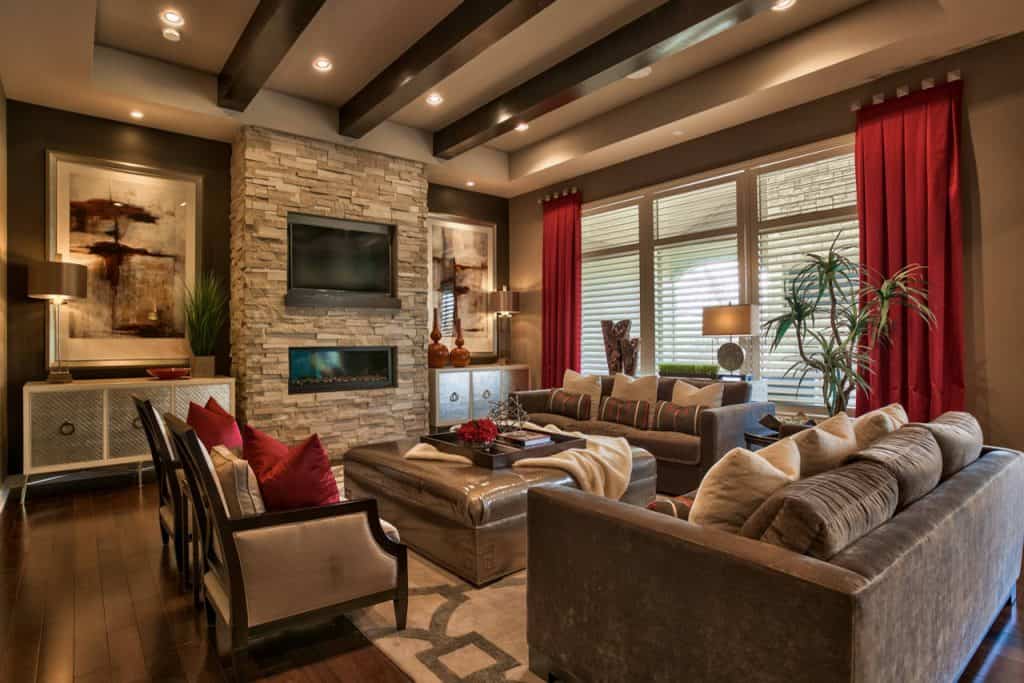
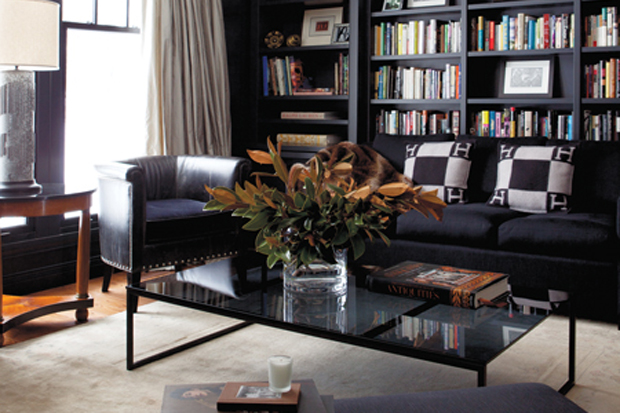


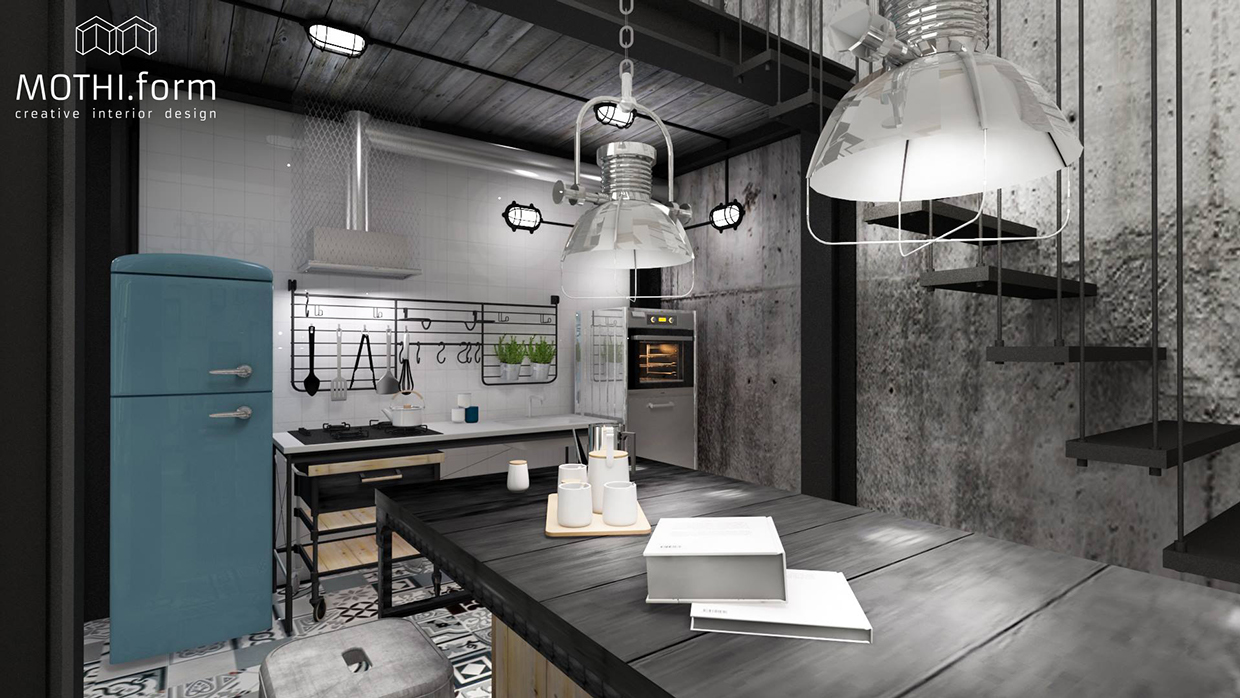



























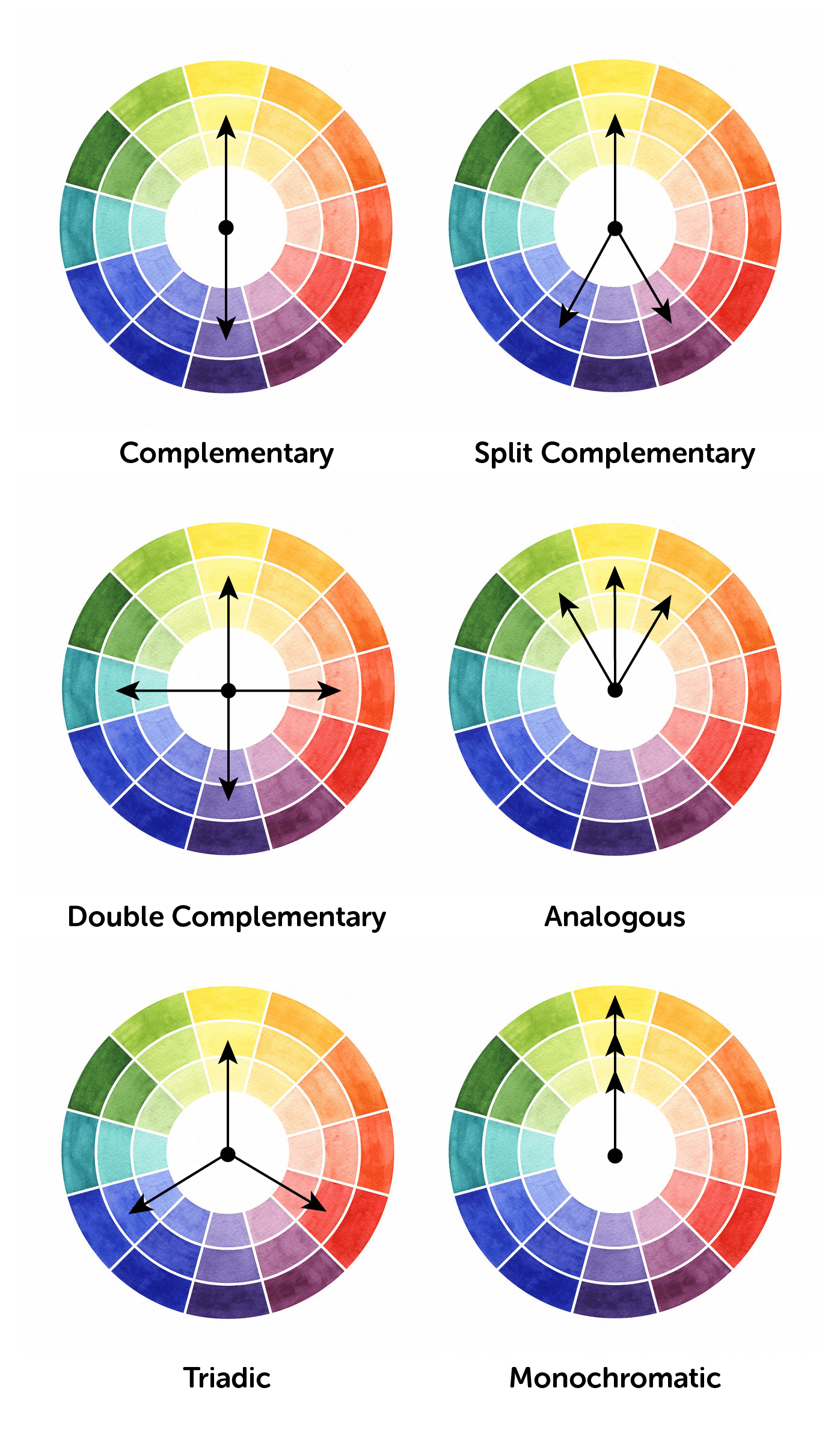
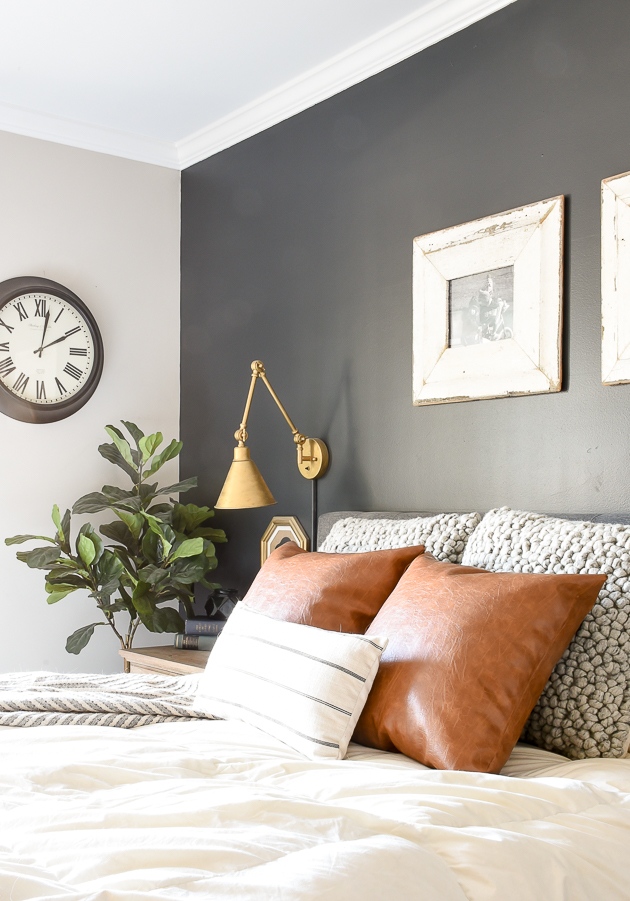

/Color-Contrast-Chart-59091b973df78c9283e31928.jpg)

/Colorwheel-58d0206f3df78c3c4f45653b.jpg)





/Lista_complementarios-56a6e6cb3df78cf77290d98b.png)




